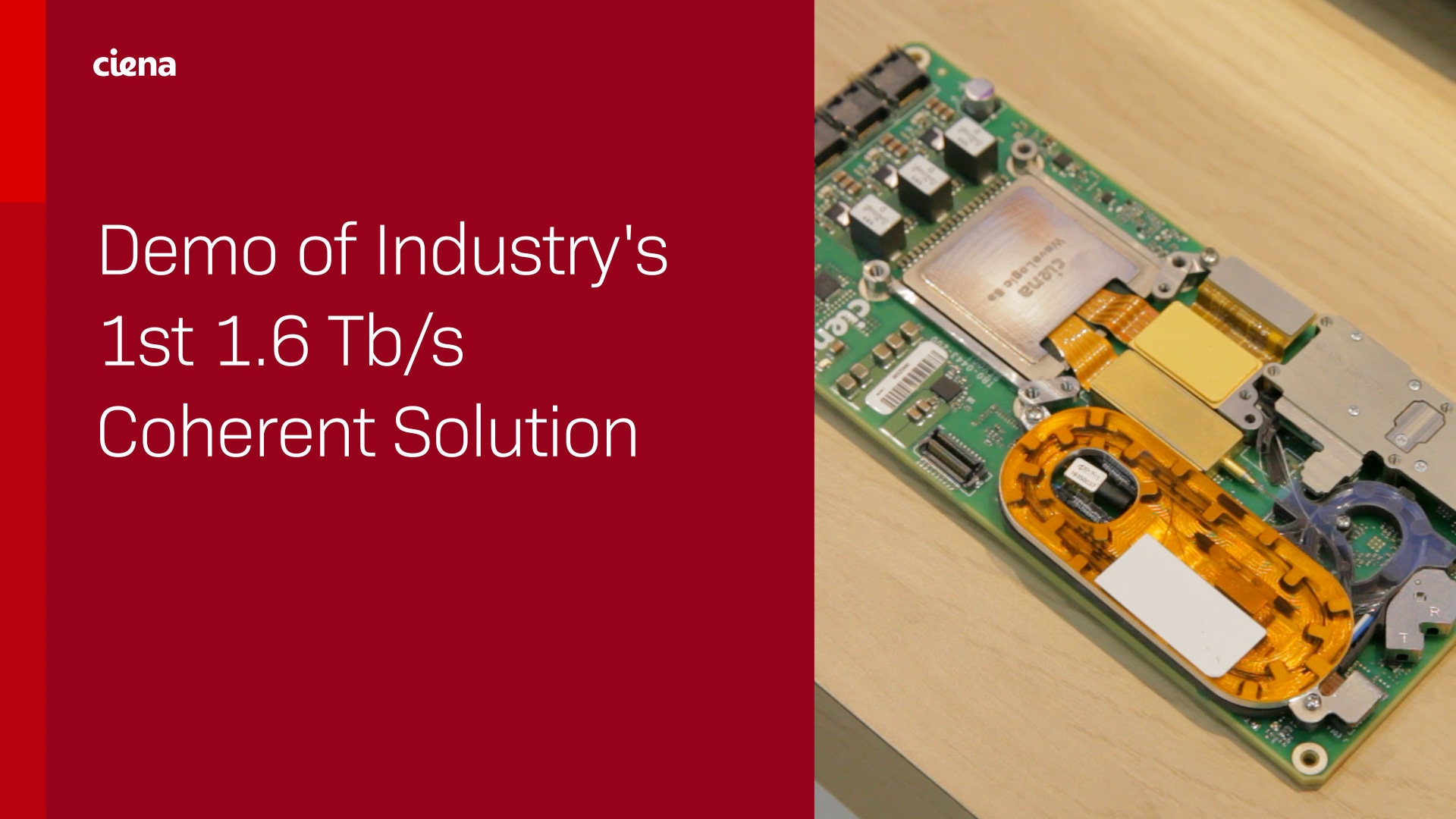5 ways to future-proof your network today to support IoT tomorrow
This article was originally published on TechTarget IoT Agenda.
There is no getting around the fact that networks are seeing an explosion of data coming from “smart” objects that connect the physical and digital worlds. In fact, IHS forecasts that the market will grow from 15.4 billion devices in 2015 to 75.4 billion in 2025. Despite this increase in data, and no matter what new IoT technology or application is announced, users’ expectations remain high — networks must be up and running constantly and bandwidth must always available.
Plus, now that IoT, including Industrial IoT, is becoming more intertwined with mission-critical services such as smart grids and emergency alert systems — the stakes are even higher. Even the slightest network latency or jitter goes beyond a simple inconvenience and has the potential to cause life-threatening situations.
The time is now for service providers, enterprises and cities to get their networks in shape to handle the increase in bandwidth requirements, as well as prepare for what is to come tomorrow. Unfortunately, while it’s a simple concept, it’s not such a simple task.
The Wild West of IoT
Change doesn’t happen overnight, and there are inherent challenges whenever there is a major technology shift. IoT-based technologies are certainly no different, and in many ways, the current IoT landscape resembles the Wild West. There are a lot of players in the market and even higher expectations for what the future will bring, but at the same time, the space is lacking industry guidance and interoperability standardization. This makes it harder to understand how and why a network is being impacted, and predicting the unpredictable more difficult. However, this is not to say that progress hasn’t been made.
The space is lacking industry guidance and interoperability standardization. This makes it harder to understand how and why a network is being impacted, and predicting the unpredictable more difficult.
There are several standards bodies making progress in this space working on standardization, reference implementations and certification programs. As more vendors, industry groups, and customers come together to share best practices and find a common ground, we will see more innovative use cases and get more insight on how to properly create a network that is built to withstand these changes.
What’s needed today
While there are currently a lot of unknowns, companies are adapting to the change in traffic patterns they are already seeing, as well starting to think bigger — and rightfully so. The only way to compete tomorrow is to prepare networks and infrastructure to be flexible enough to handle whatever is coming our way.
When making these changes, some key considerations include:
- Network scale and capacity. It is projected that IoT devices will exceed cell phones in use within two years. Further, this traffic is unusual because it is more localized and sourced from the devices to the cloud. For example, smart city information will be created in the city by devices for the benefit of that location and its citizens. Network operators must plan for this, as it is a significant change from the internet today, in which content often comes from a global provider to the user.
- Computing power and placement. IoT will accelerate the adoption of big data analytics and distributed cloud computing. An enormous amount of structured and unstructured data will be generated, and computational-intensive analytics are required to gain meaningful and actionable information. According to Gartner, “As the need for real-time insights closer to the point of IoT data generation grows, IT leaders responsible for information technology/operational technology alignment face an increasing urgency to deploy decentralized, scalable and secure computing technologies at the edge of data center, cloud and campus networks.” This is where edge computing comes into play. In fact, Business Insider estimates that 5.6 billion IoT devices owned by enterprises and governments will utilize edge computing for data collection and processing in 2020.
- Storage capabilities. The untapped pool of data from IoT is poised to provide organizations visibility into parts of their operations that impact business decisions. Given how critical it is, it’s important to devise a plan on how it will be stored, which isn’t easy given IoT’s unpredictable nature. Using distributed cloud-based storage is optimal as it provides flexibility, scalability, compliance and a sophisticated architecture to support an essentially unlimited influx of data. By being able to carefully store data, it can then be properly analyzed to determine its value.
- Security should be a consideration for every IT decision. Many IoT devices have already been compromised, from toys to corporate video systems. While encryption and stringent rules for access to stored data are widely employed to protect against intrusions, network operators need to consider advances in networking equipment that can deliver low-latency, in-flight data encryption. This provides increased protection for data from the moment it leaves one data center to the moment it enters another. Encrypting at the Ethernet or optical layer of the network offers wire-speed performance to ensure the process does not reduce the traffic throughput, increase latency or modify the content.
- Creating a future-proof ecosystem. To get the most out of IoT, it’s likely we’ll see the rise of a vendor-neutral “IoT Command Center” that is able to connect disparate systems together. However, it will be some time before this becomes a reality. In the meantime, doing this internally or working with a company that believes in open networking and open source technology is critical in order to have the flexibility needed to integrate with future technologies. If one just goes with their favorite IoT vendor of the moment, you could become locked into them and their ecosystem or compelled to build a completely different infrastructure when other use cases come along. Ultimately, without the right flexibility, a company’s entire IoT program could become inefficient and costly.
While we are far from seeing the full benefits of IoT and IIoT, there is no doubt that we are in the midst of an important transformation. As Gartner explained, “The decisions made today about investing in and implementing IoT will have ripple effects across the organization for years to come.”






